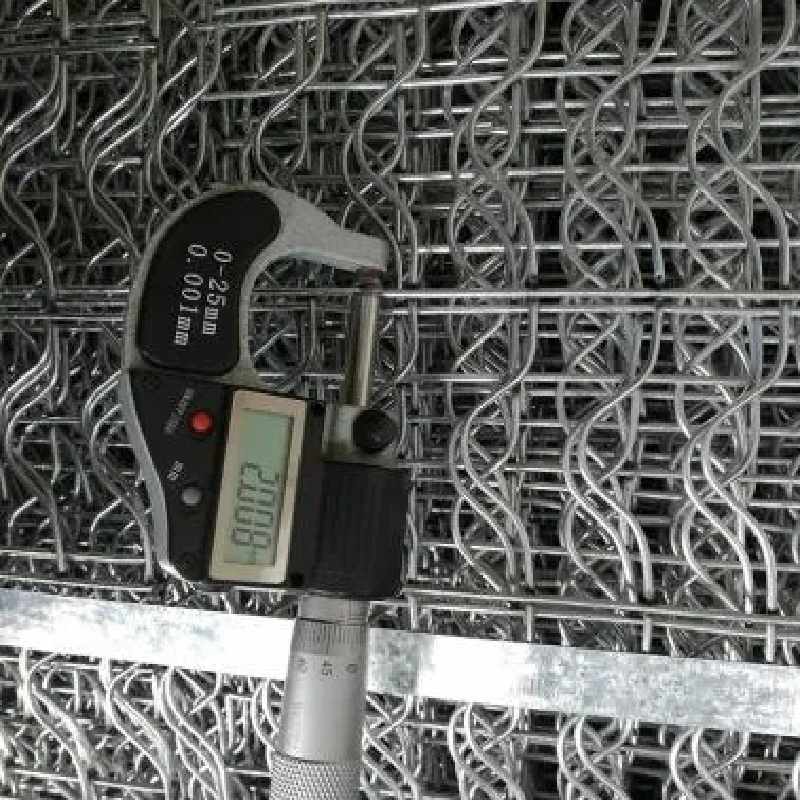- Industrial zone, South of Anping Town, Hengshui, Hebei, China.
- sales@hfpetromesh.com
- +86-18931809706
Calculating the Weight of Aluminum Grating for Various Applications and Projects
Understanding the Weight of Aluminum Grating Key Factors and Applications
Aluminum grating has become a popular choice in various industries due to its lightweight nature, durability, and resistance to corrosion. As construction and design choices evolve, understanding the weight of aluminum grating and its implications is essential for architects, engineers, and project managers. This article delves into the factors influencing the weight of aluminum grating, its applications, and why its weight matters in practical scenarios.
What is Aluminum Grating?
Aluminum grating is a type of flooring material made from aluminum and is characterized by its grid-like design. It is commonly used in walkways, platforms, and other applications where strength and lightweight properties are paramount. The material offers an excellent balance of engineering robustness and the ease of handling due to its low density compared to steel or other heavy materials.
Factors Influencing Weight
1. Material Composition The primary factor affecting the weight of aluminum grating is its alloy composition. Aluminum grades vary in density, strength, and corrosion resistance. Commonly used alloys for grating include 6061 and 6063, which have different properties that can influence weight.
2. Thickness and Height of the Bars The thickness of the aluminum bars directly contributes to the overall weight of the grating. Thicker bars offer more strength and load capacity but also add weight. Additionally, the height of the bars plays a vital role; deeper bars can support heavier loads but increase the overall weight.
3. Type of Grating Design Aluminum grating comes in various designs, including welded, swaged, and press-locked patterns. Each design has unique construction features that can impact the final weight. For instance, swaged grating typically has a higher weight due to its construction method.
4. Size and Span The dimensions of the grating panels also affect their weight. Larger panels, inevitably, weigh more than smaller ones. Furthermore, the span between supports can affect the design thickness and structure, influencing the weight.
5. Surface Treatment Aluminum grating can undergo different surface treatments, such as anodizing or powder coating, which can add a slight amount of weight to the final product. However, these treatments enhance corrosion resistance and increase the longevity of the grating.
aluminum grating weight

Why Weight Matters
1. Load-Bearing Capacity Knowing the weight of aluminum grating is crucial for ensuring it can handle the required load. This aspect is particularly significant in heavy industrial environments or areas where foot traffic is constant. Understanding weight helps in assessing the grating's structural integrity and safety.
2. Transportation and Installation Due to its lightweight nature, aluminum grating is advantageous when it comes to transportation and installation. Lower weight means reduced shipping costs and simpler handling on site. This efficiency can lead to overall savings in project costs and time.
3. Design Flexibility Weighing the options regarding materials allows for greater design flexibility. The lightweight aspect of aluminum grating enables architects and engineers to explore different design solutions without compromising structural integrity or safety.
4. Corrosion Resistance Combining lightweight aluminum grating with its corrosion-resistant properties means longer-lasting installations, reducing maintenance costs in the long run. Industries like marine, wastewater treatment, and chemical processing can benefit immensely from these properties.
Applications of Aluminum Grating
Aluminum grating finds its place in various sectors, including
- Industrial Flooring Used in factories and plants for walkways and platforms, offering safety and durability. - Stair Treads Providing robust and slip-resistant surfaces for stairs and ladder rungs. - Decking Ideal for outdoor applications such as docks, piers, and bridges where weight and corrosion resistance are critical. - Safety Barriers Acting as protective barriers in various industrial applications.
Conclusion
Overall, understanding the weight of aluminum grating is essential for making informed decisions in construction and design. Its properties influence not only the practical applications but also the economic aspects of any project. The lightweight nature of aluminum grating, combined with its durability, makes it an unparalleled choice for modern infrastructure solutions. Selecting the correct type and specification based on weight considerations can lead to enhanced safety, efficiency, and overall success in projects striving for excellence.
-
The Power of Pyramid Shaker Screen - A 3-Dimensional SolutionNewsOct.24,2024
-
Exploring the Versatility and Durability of Steel GratingNewsOct.24,2024
-
Revolutionizing Drilling Efficiency with Steel Frame Shaker Screens for Mud Shale ShakersNewsOct.24,2024
-
Potential of Shale Shaker ScreensNewsOct.24,2024
-
Offshore Pipeline Counterweight Welded Mesh - Reinforced Mesh in Marine EngineeringNewsOct.24,2024
-
Revolutionizing Offshore Pipeline Stability with Concrete Weight Coating MeshNewsOct.24,2024
